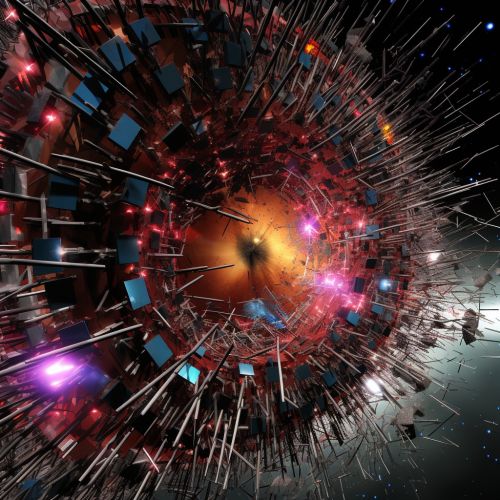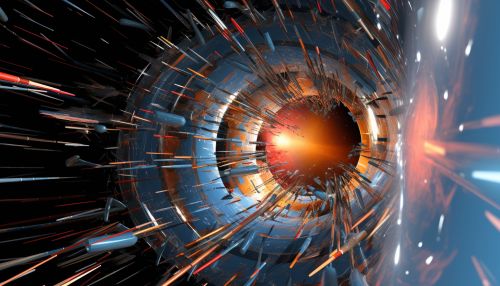Higgs Boson
Introduction
The Higgs Boson is an elementary particle in the Standard Model of particle physics that was discovered at the Large Hadron Collider (LHC) in 2012. Named after physicist Peter Higgs, it is associated with the Higgs field, a field of energy that permeates the universe and gives other particles their mass.


Discovery
The existence of the Higgs boson was predicted in 1964 by several physicists including Peter Higgs, François Englert, and Robert Brout. However, it was not until 2012 that the particle was confirmed to exist by scientists at the LHC, a particle accelerator at CERN, the European Organization for Nuclear Research.
Properties
The Higgs boson is unique among all known elementary particles in that it has no spin, electric charge, or color charge. It is also very unstable, decaying into other particles almost immediately after being produced in high-energy collisions.
Higgs Field
The Higgs boson is associated with the Higgs field, a theoretical field of energy that permeates the universe. According to the theory, particles gain mass by interacting with this field. The more a particle interacts with the Higgs field, the more mass it has. This is often analogized as a field of molasses that slows down particles moving through it.
Significance
The discovery of the Higgs boson and the confirmation of the Higgs field's existence are significant because they provide key support for the Standard Model, the theory that describes the fundamental particles and forces of the universe. The Higgs boson is the last particle predicted by the Standard Model that had not been observed experimentally.
Future Research
While the discovery of the Higgs boson has answered many questions about the fundamental nature of the universe, it has also raised new ones. For example, the mass of the Higgs boson as measured by the LHC experiments is difficult to reconcile with theories of quantum gravity. This has led to speculation about the existence of new physics beyond the Standard Model, including supersymmetry and extra dimensions.
